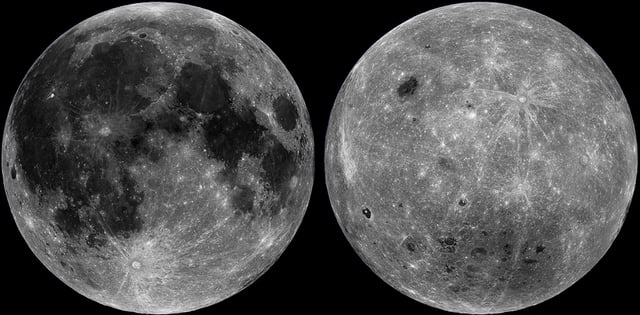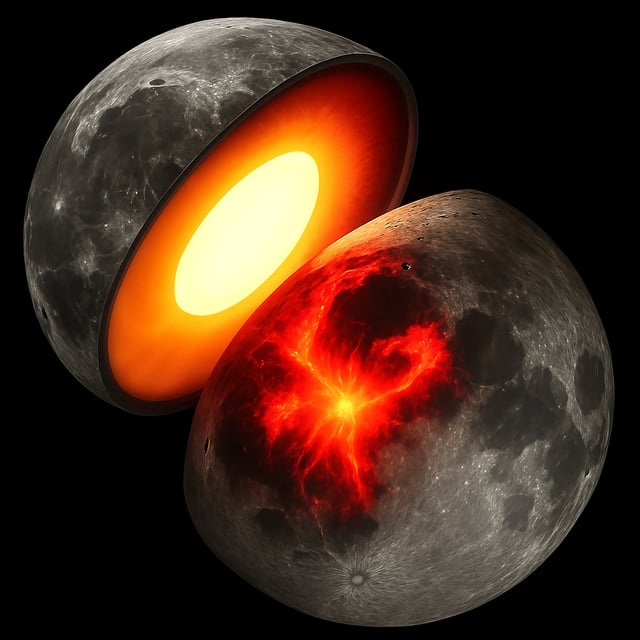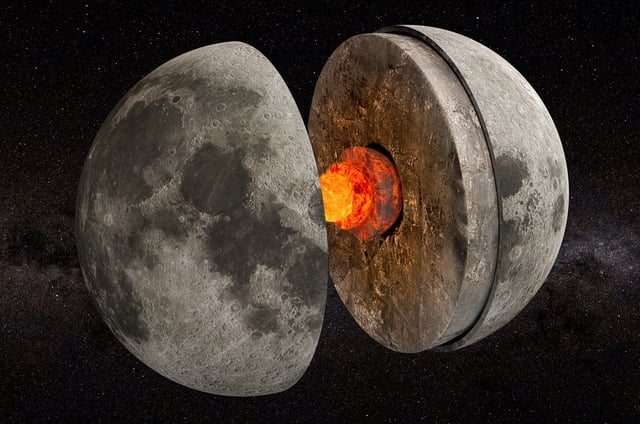Overview
- NASA researchers confirmed a 180–360°F thermal difference between the Moon's nearside and farside mantles, with the nearside being warmer and more geologically active.
- The findings stem from data collected by NASA's GRAIL mission, which used tidal tomography to analyze the Moon's gravity and internal structure.
- The thermal asymmetry aligns with surface differences, explaining the nearside's vast mare plains and the rugged terrain of the farside.
- The study produced the most detailed lunar gravity map to date, which will be critical for developing lunar navigation and positioning systems for future missions.
- Radioactive elements like thorium and titanium in the nearside mantle are believed to sustain the observed temperature disparity, offering insights into the Moon’s volcanic history.


